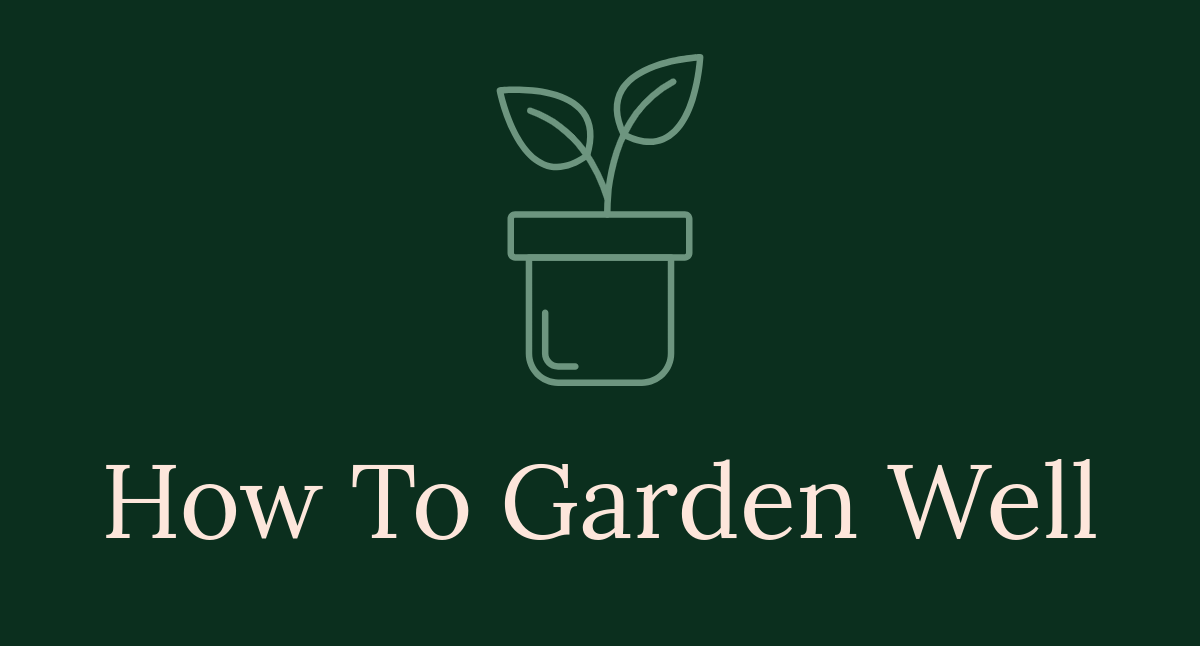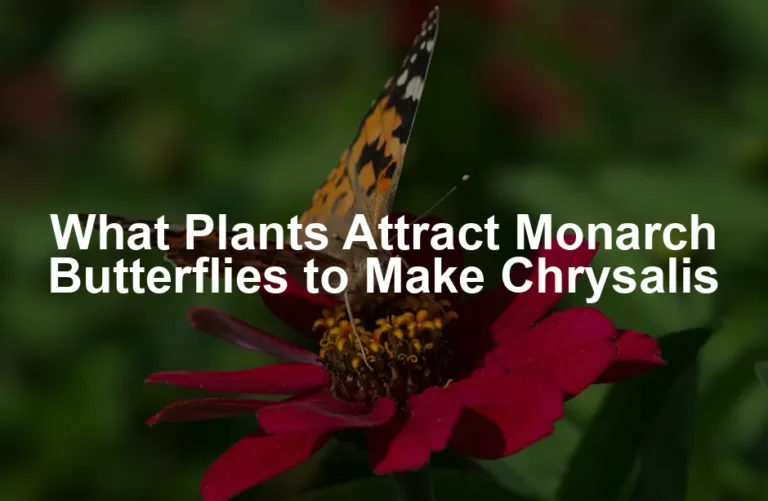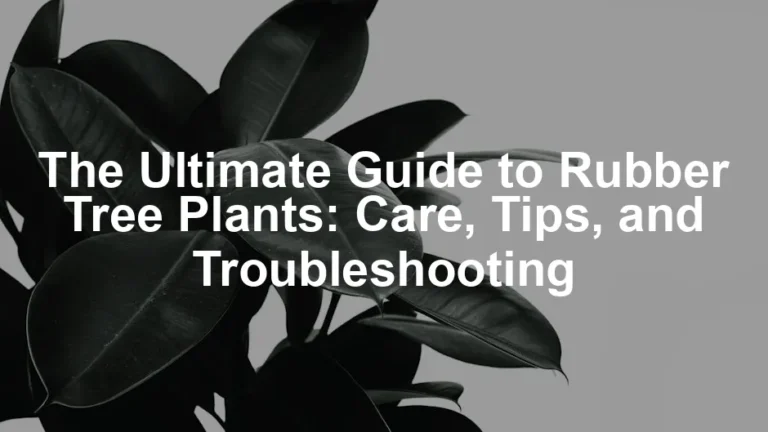

The Ultimate Guide to Plant Lights: Enhancing Indoor Gardening Success
Introduction
Indoor gardening is booming, and plant lights are essential. These lights ensure plants receive enough energy to thrive indoors. As more people embrace this hobby, understanding plant lighting becomes crucial. In this guide, we will look at different types of plant lights, their benefits, and best practices for effective use.
Summary and Overview
Plant lights are artificial lighting sources designed to support plant growth. They mimic natural sunlight, providing the right spectrum and intensity needed for photosynthesis. There are several types available, including LED, fluorescent, and HID lights, each with unique features.
Choosing the right light is vital for specific plants and their growth stages. For instance, seedlings may require softer light, while flowering plants need more intensity. Using appropriate plant lights can lead to improved yields and healthier growth, making them a valuable addition to any indoor garden. For more on selecting the best flowering plants, check out our article on the best flowering plants that start with the letter o for fall 2024.
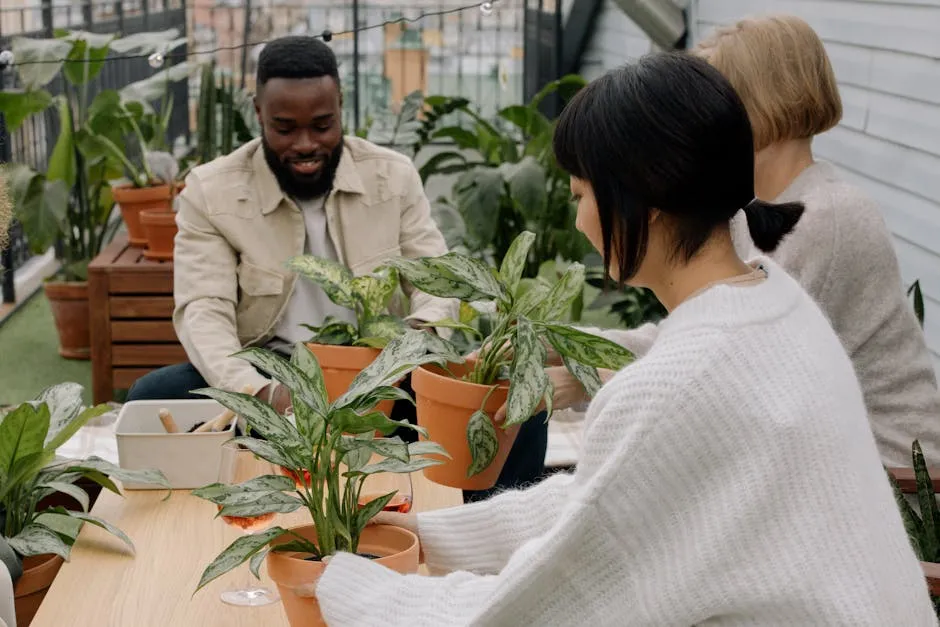
To kickstart your indoor gardening journey, consider investing in a LED Grow Light. These lights are energy-efficient and can last for years, ensuring your plants get the light they need without breaking the bank on electricity bills.
Choosing the right light for your indoor garden can significantly enhance growth. Discover the best flowering plants that can thrive in your setup.
Understanding Plant Lights
What are Plant Lights?
Plant lights are artificial light sources used to stimulate plant growth indoors. They provide the energy plants need for photosynthesis, which is vital for their health and development. Photosynthesis occurs when plants absorb light, converting it into energy. This process not only helps plants grow but also produces oxygen, benefiting our environment.
Light spectrum plays a crucial role in plant growth. Plants absorb different wavelengths for various functions. For example, blue light supports vegetative growth, while red light encourages flowering. Additionally, light intensity affects how well plants photosynthesize. Too little light can hinder growth, while too much can cause stress. Understanding these aspects is key to successful indoor gardening.
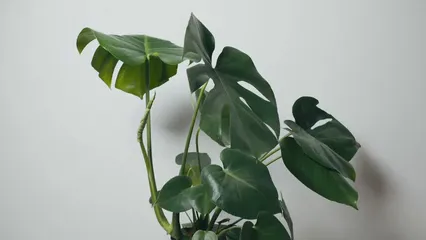
Types of Plant Lights
When it comes to plant lights, several types cater to different needs:
- LED Grow Lights: These lights are energy-efficient and have a long lifespan. They emit specific wavelengths that plants need, making them a popular choice for gardeners.
- Fluorescent Lights: T5 and T8 fluorescent lights are common options. T5s are brighter and more efficient, making them ideal for seedlings and small plants. T8s are suitable for general use but may not be as effective for larger plants. You can find quality options for both T5 and T8 Fluorescent Grow Lights.
- High-Intensity Discharge (HID) Lights: These include metal halide (MH) and high-pressure sodium (HPS) lights. MH lamps promote vegetative growth, while HPS lamps are great for flowering stages. They provide high light intensity but require more energy.
- Incandescent Lights: While these bulbs are easy to find, they’re not very efficient for plant growth. They produce a lot of heat and not enough usable light, making them less suitable for serious indoor gardeners.
Choosing the right type of plant light depends on your gardening goals, the plants you grow, and their growth stages. Each type has its advantages and disadvantages, so consider your options carefully.
Choosing the Right Plant Light
Factors to Consider
Selecting the right plant light can be overwhelming. Start by considering the type of plants you’re growing. Different plants have unique light needs. For example, leafy greens thrive in lower light, while fruiting plants require more intensity.
Next, think about the growth stage of your plants. Seedlings need gentle light to avoid stress. During the vegetative stage, they benefit from brighter light. Flowering plants, on the other hand, need even more intensity to produce blooms. A Plant Light Timer can really help maintain these cycles without you having to remember to turn the lights on and off!
Lastly, assess your space and setup. Measure your area to determine how many lights you need. Consider hanging height and light spread. A well-planned setup ensures your plants receive adequate and appropriate light for optimal growth.
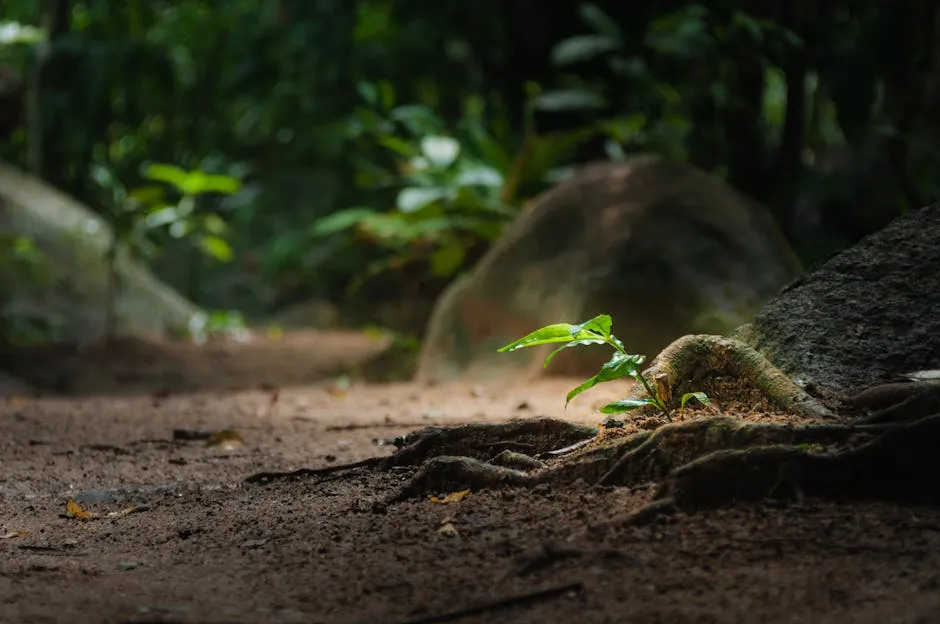
Light Spectrum and Plant Growth
Understanding light spectrum is crucial for indoor gardening. Plants absorb specific wavelengths for various functions. Red light, for example, promotes flowering and fruiting. Blue light is essential for vegetative growth.
Full-spectrum lights offer a balanced mix of these wavelengths. They mimic natural sunlight, supporting all growth stages. Different plants respond uniquely to light colors, affecting their biology. For instance, too much blue light can stunt flowering, while inadequate red light can limit fruit development. If you’re looking for a versatile option, consider a LED Strip Light for Plants.
Choosing the right light spectrum can significantly impact your plants’ health and productivity. By understanding these wavelengths, you can create the ideal environment for your indoor garden.

Setting Up Plant Lights
Optimal Placement and Distance
When positioning your plant lights, consider the height of your plants. Taller plants may require lights to be placed higher, while shorter plants benefit from closer proximity. Aim for about 12-24 inches above the canopy for most LED grow lights. This distance ensures adequate light intensity without causing stress.
Understanding light saturation points is vital. This is the level at which plants can no longer utilize additional light for photosynthesis. Generally, most plants reach saturation at 500-1,000 foot-candles. Placing lights too close may lead to leaf burn, while too far can limit growth. Monitor your plants regularly to find the sweet spot for optimal growth.

Duration of Light Exposure
Light cycles greatly influence plant development. Most plants thrive on a 12/12 cycle, providing 12 hours of light and 12 hours of darkness, especially during flowering stages. Seedlings, however, often prefer longer sessions, such as 16-18 hours of light daily.
Consistency is key. Sudden changes in light exposure can stress plants, leading to stunted growth or other issues. Use timers to maintain a regular schedule. By ensuring your plants receive the right amount of light consistently, you can promote healthy growth and vibrant blooms.
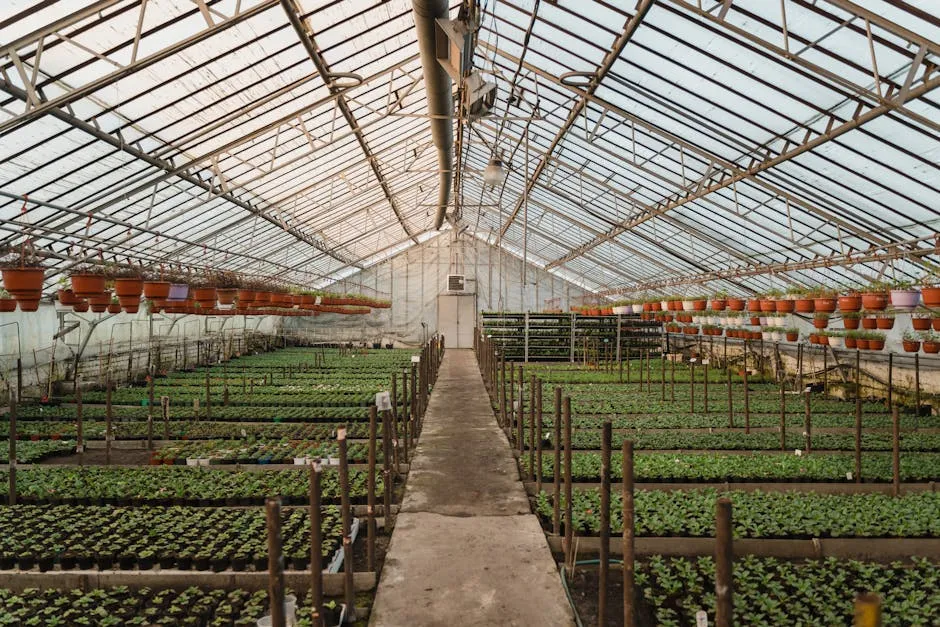
Maintenance and Care for Plant Lights
Cleaning and Care
Keeping your plant lights in top shape is vital. Dust and grime can block light, reducing effectiveness. For LED and fluorescent lights, use a soft, damp cloth to wipe down the surfaces. Avoid harsh chemicals that could damage the materials. For HID lights, ensure they cool down before cleaning. Regularly check connections and bulbs. If a bulb flickers or dims, it may need replacing. By maintaining your lights, you ensure they provide optimal performance for your plants.

Monitoring and Adjusting Light Levels
Monitoring light levels is essential for plant health. A Light Meter for Plants can help you track intensity accurately. It measures in lux or foot-candles, allowing for precise adjustments. As your plants grow, their light needs may change. Start with higher intensity for seedlings, then gradually adjust as they mature. Keep an eye on how your plants respond. If leaves start to yellow or curl, it might be time to tweak the light settings. Regular monitoring ensures your plants thrive under the best conditions.

Conclusion
Choosing the right plant light and setting it up properly is crucial for indoor gardening success. Proper lighting not only boosts growth but also enhances overall plant health. Don’t hesitate to experiment with different light types and settings. Each plant has unique needs, and finding the right balance can lead to flourishing indoor gardens. Happy gardening, and enjoy discovering what works best for your plants!
For those who love nurturing their green friends, consider adding a Indoor Herb Garden Starter Kit to your collection. Fresh herbs at your fingertips – what’s not to love?
Please let us know what you think about our content by leaving a comment down below!
Thank you for reading till here 🙂
All images from Pexels
